Principles of brine freezers
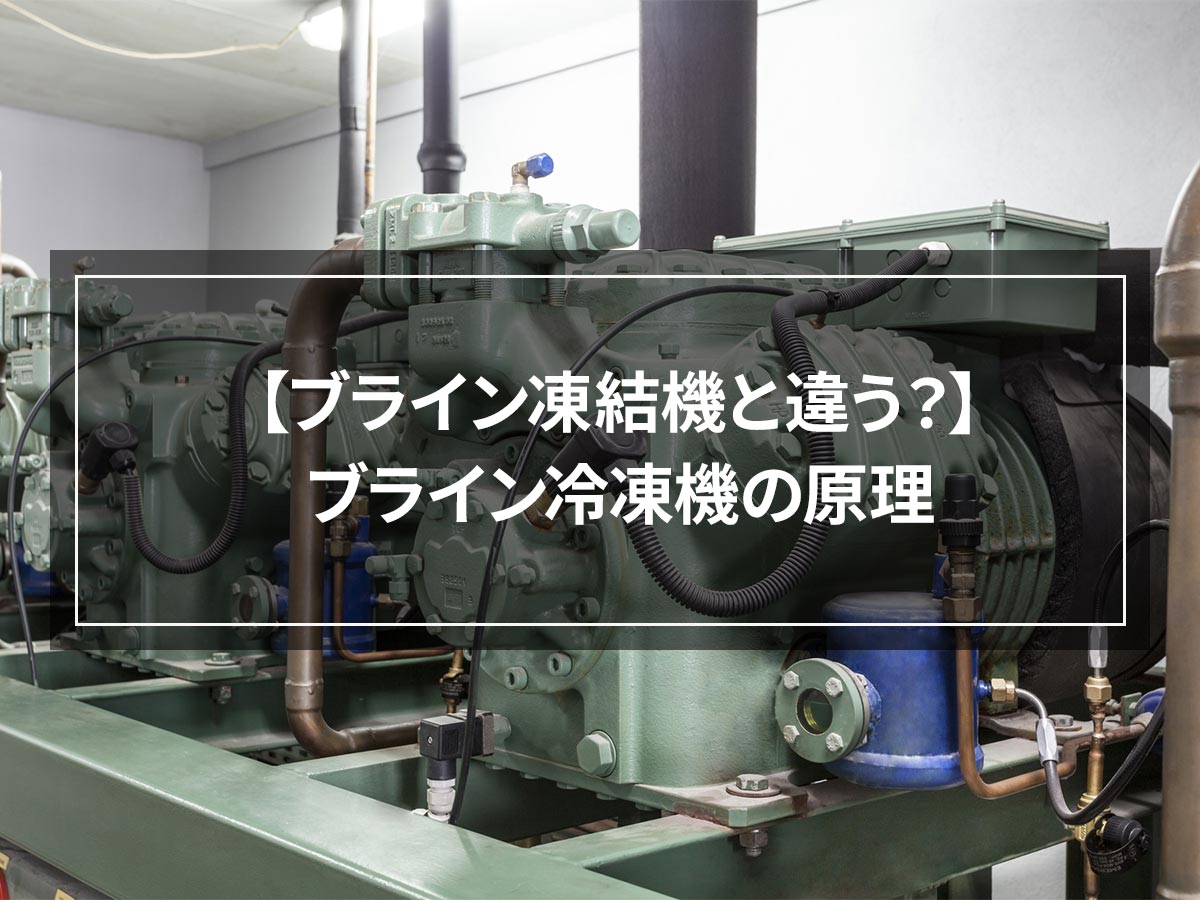
Brine liquid is an antifreeze liquid that has a low freezing point and will not freeze even when the temperature drops below zero.
It has high thermal conductivity and can cool efficiently, so it is used in a variety of machines.
There are brine freezers that use brine liquid as a refrigerant, and brine freezers that freeze food by directly immersing it in brine liquid, and these two have different principles and roles.
目次
Principle of "refrigeration machine" using brine liquid as refrigerant
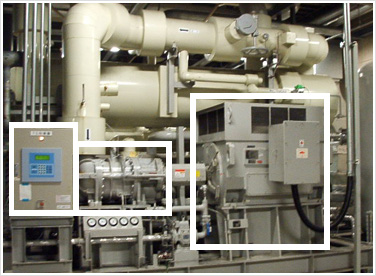
Source: http://hestech.blog21.fc2.com/category1-1.html
A brine refrigerator is a refrigerator that uses brine liquid, but what kind of machine is a refrigerator?
Refrigerators are heat source equipment used in freezers, air conditioners, etc. to lower the temperature. It mainly consists of a compressor, condenser, expansion valve, and evaporator.
The structure is such that the refrigerant circulating in the refrigerator cools the air when it evaporates in the evaporator.
Refrigerators utilize latent heat of vaporization, which removes heat when a liquid changes to a gas.
For example, when you apply alcohol to your skin, you feel cold because when alcohol changes from a liquid to a gas, it removes heat from your skin. Refrigerators use refrigerants that produce this type of cold heat.
When the liquid refrigerant evaporates in the evaporator, it removes heat and cools the surrounding air.
When the refrigerant evaporates into a gas and is pressurized by a compressor, its temperature rises. The heated refrigerant loses heat in the condenser and returns to liquid form, and then changes from liquid to gas in the evaporator.
This repetition of changes is called a refrigerant cycle. Refrigerators produce cold air through a refrigerant cycle of liquid → gas → liquid → gas.
Originally, ammonia, a natural medium, was used as a refrigerant for freezing, but from around 1930, the chemical product CFC began to be used as a refrigerant.
Freon was widely used because it is odorless and has low toxicity to the human body, but it was discovered that it was a cause of depleting the ozone layer. Ozone layer depletion has become a global issue, and efforts are being made to use refrigerants other than CFCs.
There has been a shift to refrigerators that use natural refrigerants, and there is a growing movement to use ammonia as a refrigerant in refrigerators that handle food.
However, ammonia has a strong odor and is toxic, which has a negative impact on the human body, so indirect cooling is recommended to prevent it from leaking into the refrigerator.
Indirect cooling is a cooling method that uses ammonia as the primary medium and carbon dioxide or brine liquid as the secondary medium. Ammonia works as a refrigerant cycle to cool the secondary medium refrigerant, and the secondary medium produces cold air for air conditioners and freezers.
A brine refrigerator is a refrigerator that performs cooling by circulating brine liquid, which is a secondary medium cooled with ammonia, using a brine pump.
What is the brine liquid used in brine refrigerators?
Why is brine liquid used as a refrigerant?
This is because brine liquid has a low freezing point and will not freeze even below 0°C, allowing for efficient cooling.
There are also refrigerators that use water as a refrigerant. It uses environmentally friendly water as a refrigerant and reduces the pressure of the evaporator by 100 times to evaporate the water. At that time, it removes heat and cools the water in the pipe, and the chilled water creates cold air.
The evaporated refrigerant is pressurized in the condenser and condensed back to liquid, repeating the cycle.
Water refrigerant refrigerators are suitable for air conditioning, but the water will freeze if it is cooled to below 5℃. Negative cold air is required to cool the inside of a freezer or refrigerator. Therefore, brine liquid with high antifreeze properties is used in refrigerators and other freezers.
Brine originally refers to saturated salt water or highly concentrated salt water. Salt water has long been known to be difficult to freeze, and because it is cheap, it has been used as a medium for low-temperature temperatures.
Calcium chloride aqueous solution is also widely used because it is cheap and easily available.
However, highly concentrated salt solutions and calcium chloride solutions have excellent antifreeze properties, but are corrosive to metals. Therefore, alcohol solutions containing organic methanol or ethanol as their main ingredients are now often used.
The alcohol solution used has properties such as low freezing temperature and high boiling point, no toxicity or flammability, no reaction with metals or resins, and high thermal conductivity.
Examples include ethylene glycol aqueous solution and propylene glycol aqueous solution.
"Freezer" using brine solution
A brine freezer is also a machine that uses brine liquid, but it has a different purpose from a brine freezer.
A brine freezer is a machine that uses brine liquid as a refrigerant to create cold air, and brine freezers are used to freeze food. A brine freezing machine is a quick freezing machine that uses brine liquid.
A deep freeze machine is a machine designed to quickly freeze food to prevent damage from freezing. In addition to brine freezing machines, there are various types of quick freezing machines.
There are air blast freezers that blow strong cold air from all directions, and freezers that generate magnetic fields.
It is widely known that freezing food reduces its texture and taste.
This is because when the water in the food freezes, it expands and destroys cell membranes. The flavor and moisture flow out from the destroyed cell membranes, resulting in a deterioration in quality.
However, by passing through the freezing temperature range of 0°C to -5°C in a short period of time, food can be frozen without damaging the quality of the food by preventing destruction of cell membranes.
A brine freezer cools a brine solution, then immerses food in the solution and freezes it. Salt solution, potassium chloride aqueous solution, ethanol solution, etc. are cooled to -17℃ to -40℃ before use.
If you want to brine-freeze caught seafood directly on board, you will most likely use salt water.
Brine freezers installed at processing plants often freeze food by immersing it in an ethanol solution, in which case the food is vacuum packed and frozen.
The advantage of a brine freezer is that liquids have a thermal conductivity 20 times greater than air, so they can be frozen surprisingly quickly.
Because the freezing time is short, it is suitable for freezing thick seafood such as yellowtail and bonito, livestock such as beef thighs, and oysters that spoil quickly.
Stirring the liquid in the tank allows it to freeze evenly, preventing cracks and deformation.
A variety of foods such as meat, seafood, and cooked products can be frozen, preserving the original flavor and color of the food. Since the cooler is small, the machine itself is compact and does not take up much space.
Conclusion
Brine liquid does not freeze even at minus temperatures and has high thermal conductivity.
Because it can cool efficiently, it is used in various machines such as brine refrigerators and brine freezers.
I think the number of machines that use brine liquid will continue to increase in the future.








![[Storage period increased by 30 times! ] Achieving a stable supply of raw whitebait!](https://shunkashutou.com/wp-content/uploads/2016/11/579c55e6d32e1385c250e8e7c3ed59a71.jpg)
![[Sales increased 100 times! ] rapid freezing the signature menu “Ni-katsu sandwich”!](https://shunkashutou.com/wp-content/uploads/2016/11/IMG_02391.jpg)
![[Horse sashimi] We have significantly reduced waste loss with rapid freezer!](https://shunkashutou.com/wp-content/uploads/2016/11/5fda59d0cbcdabde18e58c3c58c09ed0.jpg)




![[Storage period increased from 3 days to half a year! ] Restaurants are expanding their business using wholesale and mail order!](https://shunkashutou.com/wp-content/uploads/2018/04/66c19942ab4ba346fdb64ccc04cde373.png)
![[Reduce loss from 200 kg of oysters to zero] Improve loss and expand business with rapid freezer](https://shunkashutou.com/wp-content/uploads/2018/06/19785ca583a8d3c4041c7c192d041b0d.jpg)












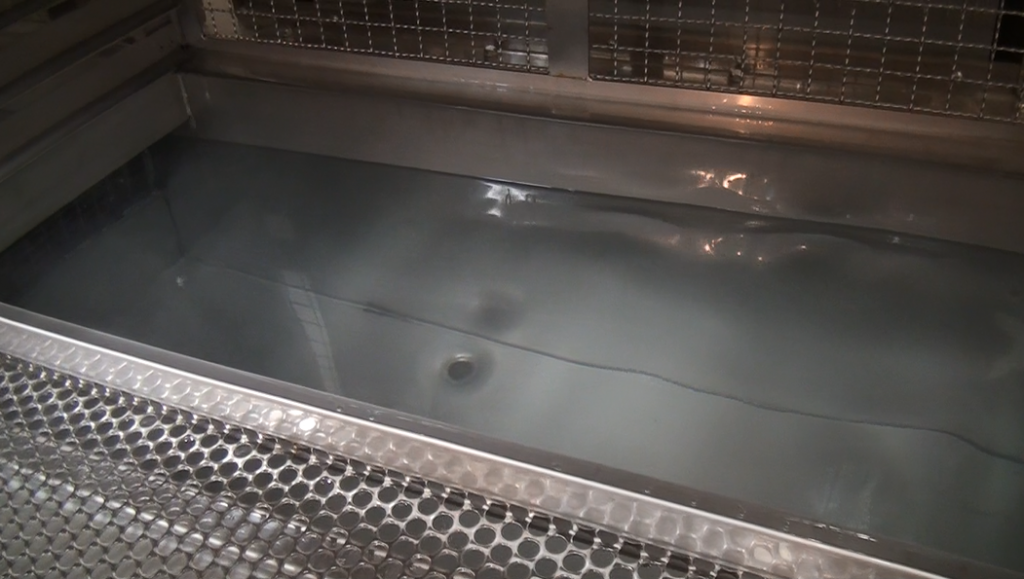


![[Must-see for beginners] What's so great about rapid freezers? Easy-to-understand explanation of the mechanism and benefits!](https://shunkashutou.com/wp-content/uploads/2020/12/9abf7961bd75c2a2af6fb61767b4fdb1-1.webp)
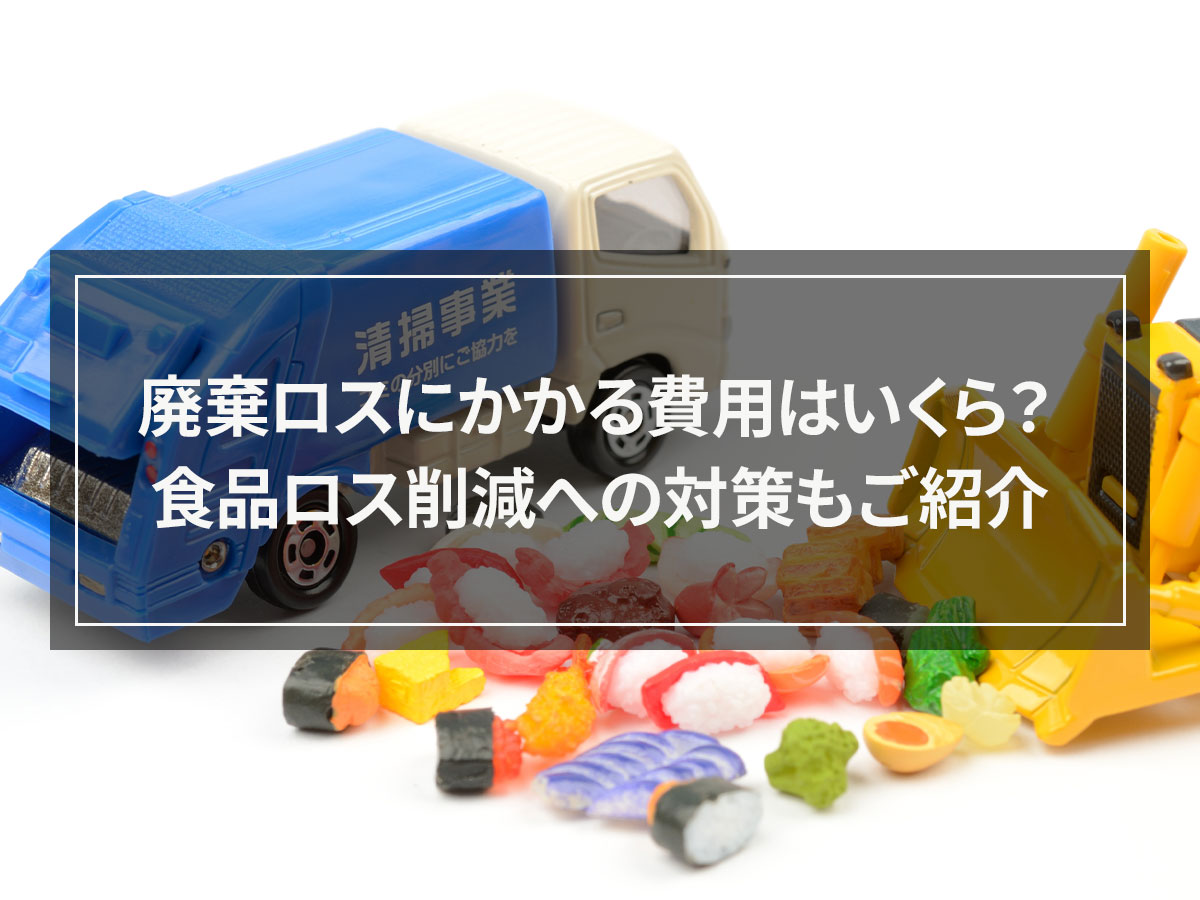
![[Used and energy-saving types also available] Points to keep in mind when using refrigerated/frozen showcases](https://shunkashutou.com/wp-content/uploads/2015/10/9a1f5615c9649610709c0e4a29df5f57.jpg)
![[Introduced one after another in restaurants] Advantages of commercial rapid freezing! What about second hand ones?](https://shunkashutou.com/wp-content/uploads/2015/05/16920085ea8194572cc7c5babebedbe5_s.jpg)
![[Introducing case studies as well!] 5 reasons why curry restaurants should install rapid freezer](https://shunkashutou.com/wp-content/uploads/2016/09/2a0deb9a6db53165f0a4938bc80cee46.jpg)
![[Achieving low cost and high quality] The problems of pubs can be solved with a quick freezer!](https://shunkashutou.com/wp-content/uploads/2016/02/11d55612344a4cbad2ad506ae700c81b.jpg)
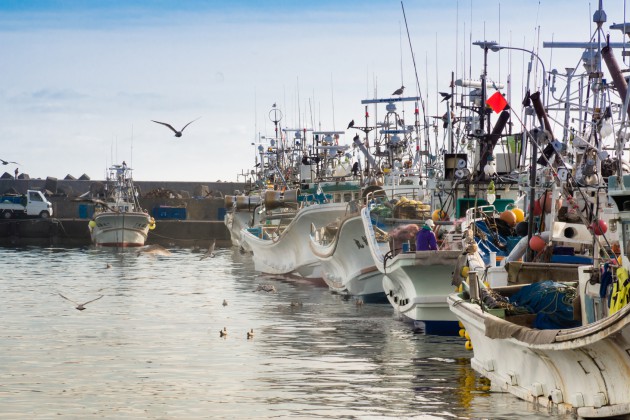
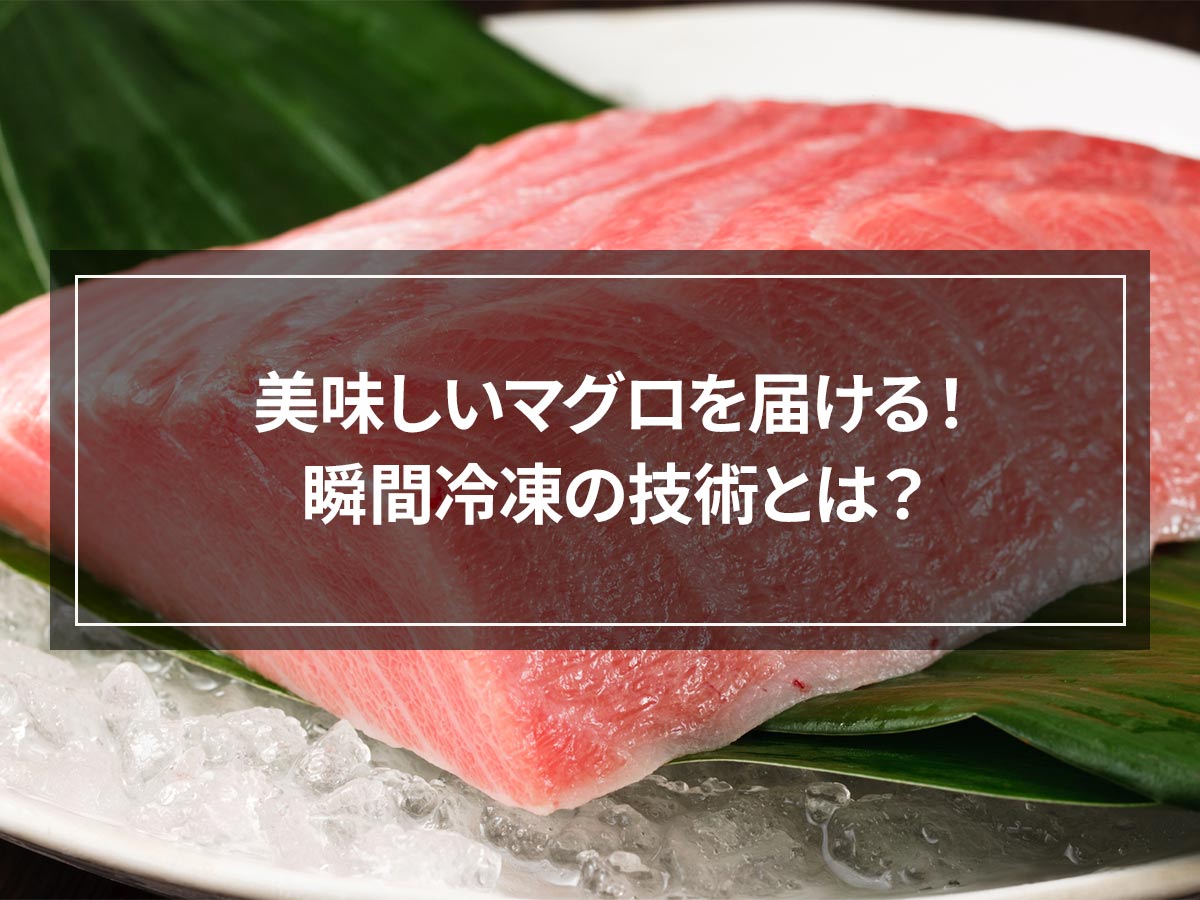
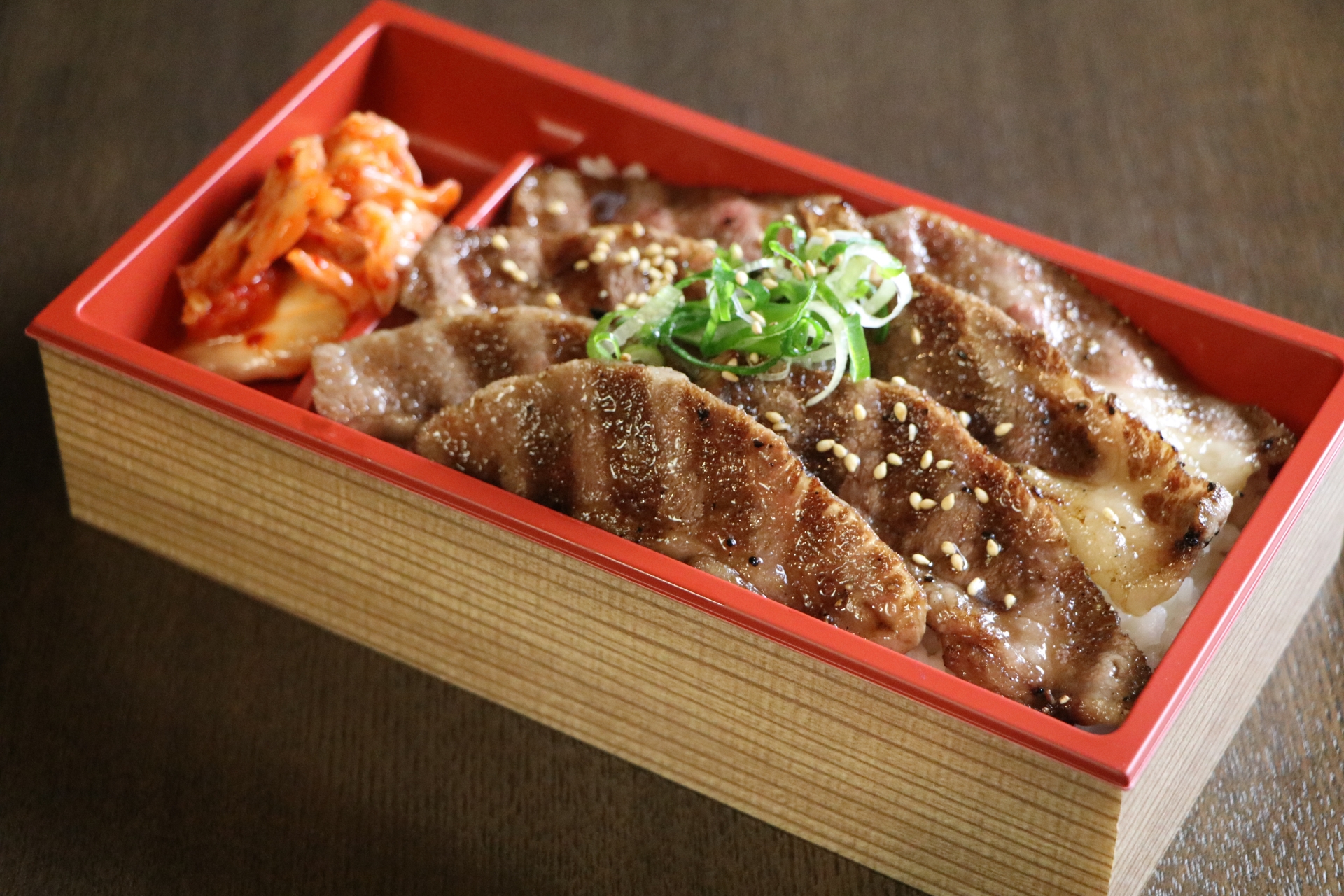
![[Commercial use] Thoroughly investigate the cause of frost forming in the freezer! How to prevent frost formation?](https://shunkashutou.com/wp-content/uploads/2016/06/09c17e4deeb1ac0cdc5a513eaf89ab1a.jpg)
![[Bringing fresh cakes nationwide] How to dramatically increase profits at a pastry shop?](https://shunkashutou.com/wp-content/uploads/2016/03/661ea3ee6264fab6520017622c656870.jpg)
![[Shop for carefully selected fresh udon] 5 reasons why udon restaurants should introduce rapid freezing](https://shunkashutou.com/wp-content/uploads/2021/02/713146fd51058df15ccc18c6188c1407.jpg)




